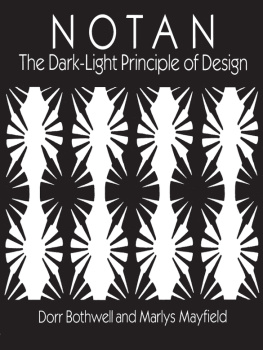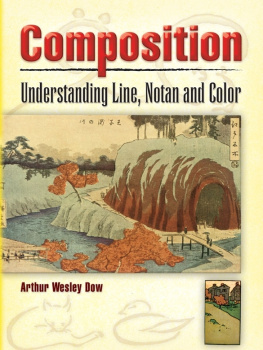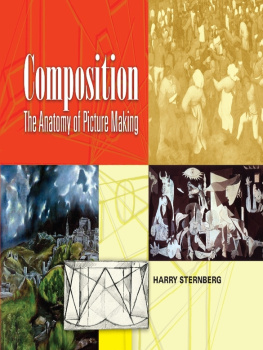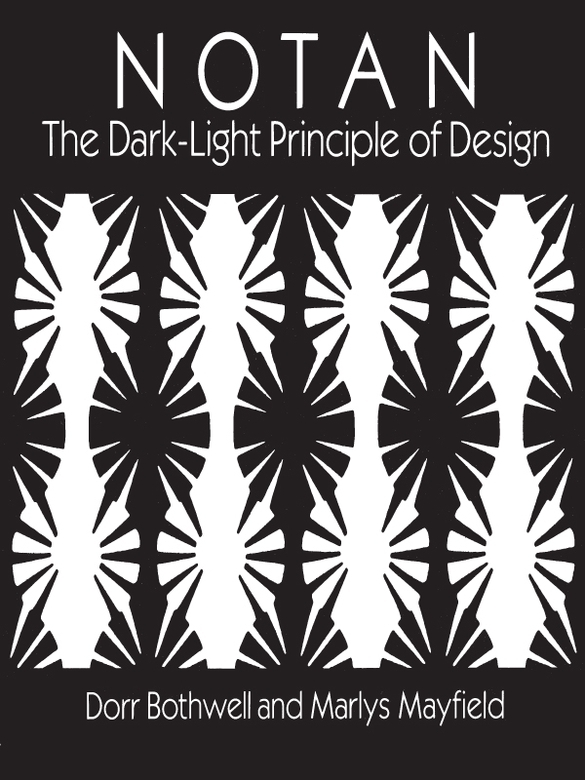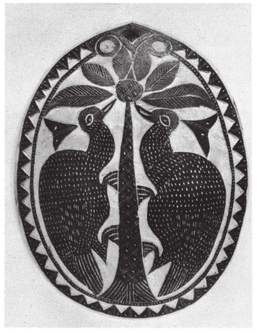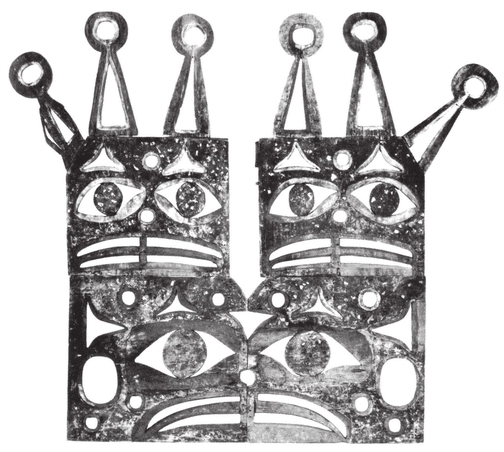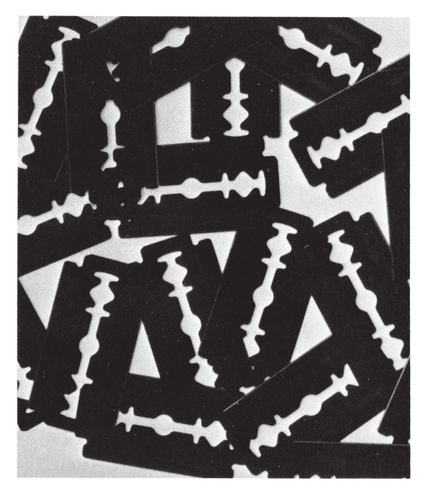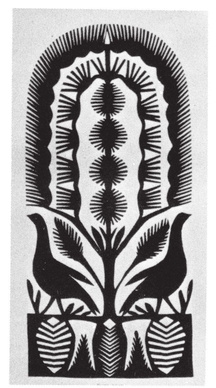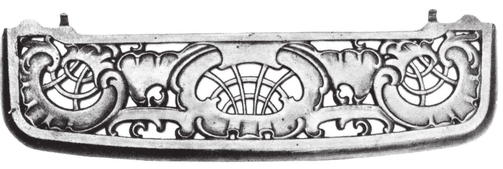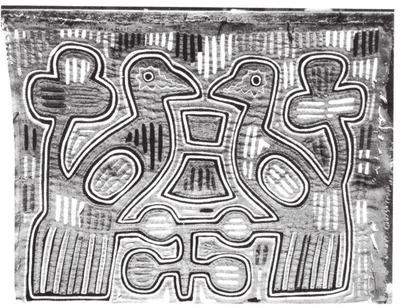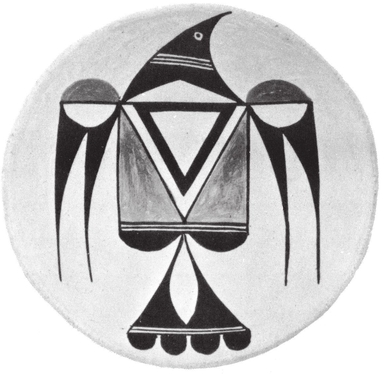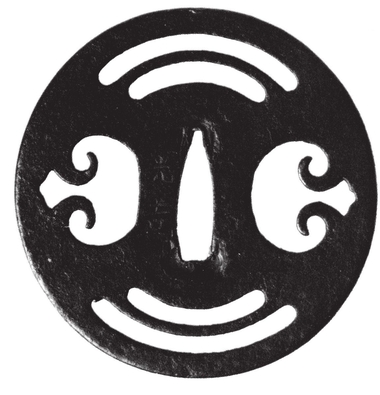Dorr Bothwell - Notan: The Dark-Light Principle of Design
Here you can read online Dorr Bothwell - Notan: The Dark-Light Principle of Design full text of the book (entire story) in english for free. Download pdf and epub, get meaning, cover and reviews about this ebook. year: 2012, publisher: Dover Publications, genre: Home and family. Description of the work, (preface) as well as reviews are available. Best literature library LitArk.com created for fans of good reading and offers a wide selection of genres:
Romance novel
Science fiction
Adventure
Detective
Science
History
Home and family
Prose
Art
Politics
Computer
Non-fiction
Religion
Business
Children
Humor
Choose a favorite category and find really read worthwhile books. Enjoy immersion in the world of imagination, feel the emotions of the characters or learn something new for yourself, make an fascinating discovery.
- Book:Notan: The Dark-Light Principle of Design
- Author:
- Publisher:Dover Publications
- Genre:
- Year:2012
- Rating:3 / 5
- Favourites:Add to favourites
- Your mark:
Notan: The Dark-Light Principle of Design: summary, description and annotation
We offer to read an annotation, description, summary or preface (depends on what the author of the book "Notan: The Dark-Light Principle of Design" wrote himself). If you haven't found the necessary information about the book — write in the comments, we will try to find it.
As a guiding principle of Eastern art and design, Notan (a Japanese word meaning dark-light) focuses on the interaction between positive and negative space, a relationship embodied in the ancient symbolism of the Yang and the Yin. In composition, it recognizes the separate but equally important identity of both a shape and its background.
Since their introduction in the West, the intriguing exercises associated with Notan have produced striking results in every branch of Western art and design. This book, by two American artists and teachers who made an intensive study of Notan, was the first basic book on the subject in the West, and it remains one of the definitive texts. Through a series of simple exercises, it places the extraordinary creative resources of Notan easily within the grasp of Western artists and designers.
Clearly and concisely, the authors demonstrate Notans practical applications in six problems of progressive difficulty creative exercises that will fascinate artists and designers of every calling and level of expertise. Along with these exercises, the book includes many illustrations of the principle of Notan, among them images as diverse as a sculpture by David Smith, a Samoan tapa cloth, a Museum of Modern Art shopping bag, New England gravestone rubbings, Japanese wrapping paper, a painting by Robert Motherwell, a psychedelic poster, and a carved and dyed Nigerian calabash. Painters, sculptors, potters, jewelry, and textile designers, architects, and interior designers all will discover or rediscover in these pages an ancient principle of composition that can help them meet creative challenges with fresh new perspective.
Dorr Bothwell: author's other books
Who wrote Notan: The Dark-Light Principle of Design? Find out the surname, the name of the author of the book and a list of all author's works by series.

